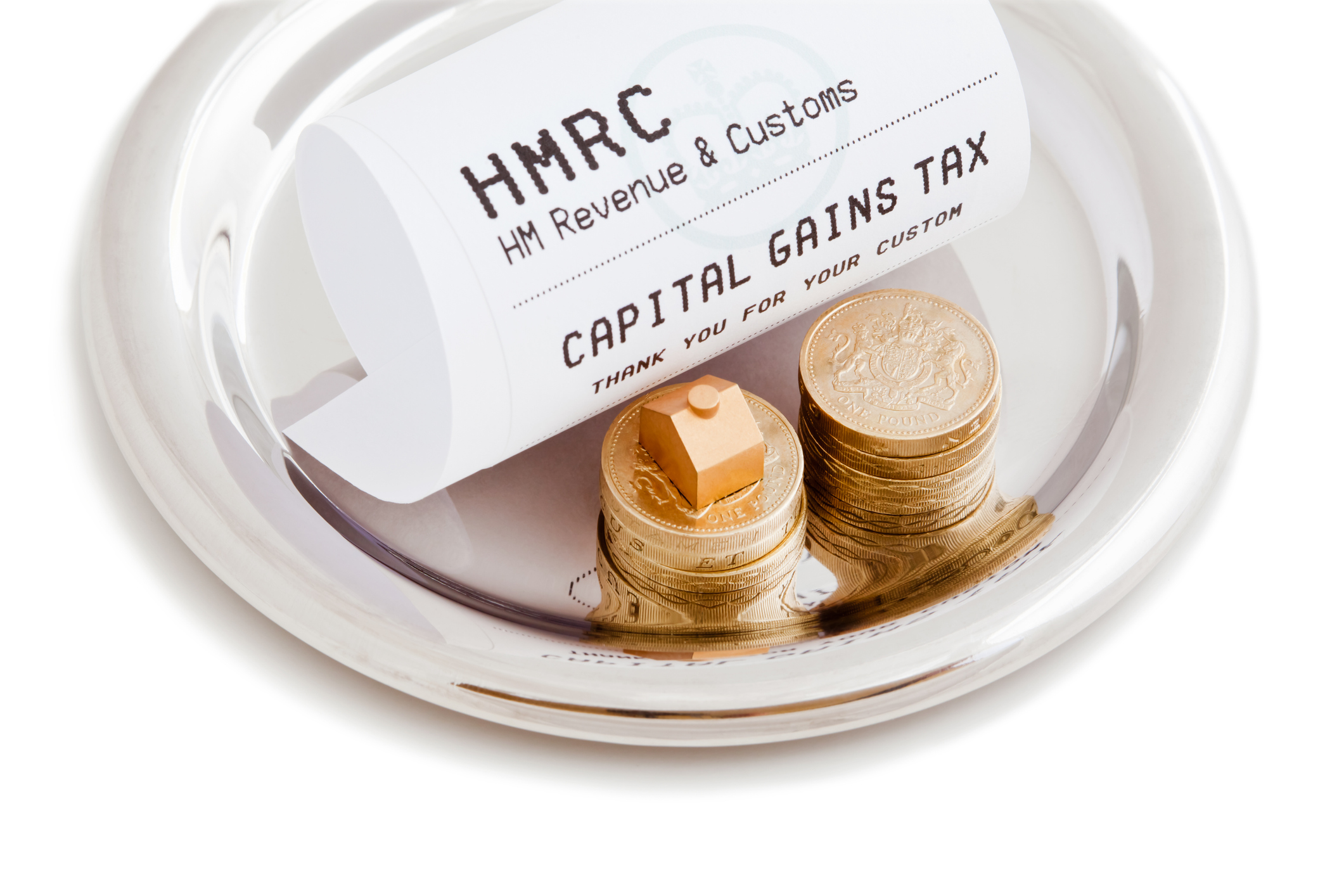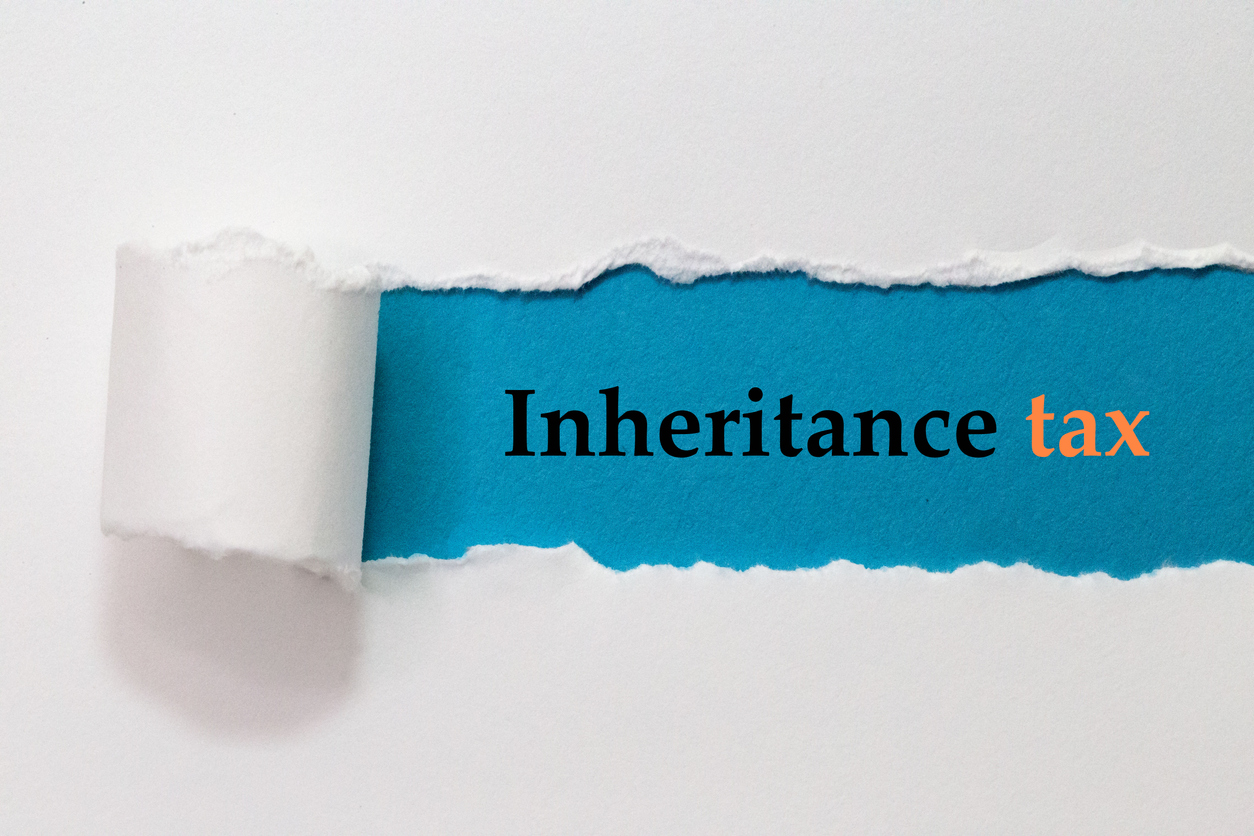
We would all like to think that we are able to manage our affairs successfully, and will continue to be able to do so in the future. However, an increasing number of people are affected by illnesses such as Alzheimer’s or Dementia, which can mean that individuals are no longer able to make decisions for themselves.
According to Alzheimer’s Research UK, almost 950,000 people in the UK are living with Dementia, with this number projected to rise to 1.6 million people by 2040. A person’s risk of developing Dementia is 1 in 14 over the age of 65; however, this illness sadly affects younger people too, with over 42,000 people under the age of 65 being diagnosed with Dementia.
These very sad statistics underline how important it is to consider what would happen if you lost capacity to manage your affairs. Setting up a Lasting Power of Attorney (LPA) is straightforward and can make sure your loved ones can make the important decisions about your health and your financial wealth on your behalf, should you become incapacitated through ill health or accident.
What is an LPA?
An LPA is a legal document that lets you appoint someone you trust to make decisions on your behalf, should you become unable to make those decisions for yourself in the future. There are two different types of LPA, one covering Property & Affairs (e.g. property, investments and assets) and Health & Welfare (which covers health care and medical treatment).
You can choose to set up one or both types of LPA, and you can nominate the same person or elect to have different attorneys for each. Preparing an LPA doesn’t mean that you instantly lose control of the decisions that affect you. For the Property & Affairs LPA, you can be specific about when the attorney can take control when preparing the LPA, and in respect of the Health & Welfare LPA, this can only be used once capacity to make decisions has been lost.
All LPAs must be registered at the Office of the Public Guardian, which is the government body responsible for the registration of LPAs before they can be used.
Who to appoint as your attorney
Choosing the right attorney or attorneys is an important decision to reach. You can nominate anyone to be your attorney, provided they are 18 years old or older, and are not bankrupt.
The person, or people, you choose needs to be someone that you trust to make decisions for you, and will be able to act responsibly and in your best interests.
The risk of not preparing an LPA
If you lose mental capacity and don’t have an LPA arranged, this can leave loved ones with significant worry, and could potentially have ramifications for the individual’s personal finances.
If an LPA has not been prepared, and mental capacity is lost, an application will need to be made to the Court of Protection, for an individual to become your appointed ‘deputy’. This deputy will then make financial decisions on your behalf. The Court has the final say as to who is appointed, and this may not align with your wishes.
The process of making a Court application is long-winded, with applications taking many months to be heard and then approved. This could lead to significant issues for ongoing financial transactions, such as investment management, or the purchase or sale of a property. Directors and Business owners are at particular risk, as loss of capacity could lead to the situation where no individual is authorised to run the business.
Furthermore, using a Solicitor to support a Court Deputyship application can lead to expensive costs, that could be avoided by preparing an LPA in advance.
LPAs and Investment Advice
When an individual loses capacity, attorneys will often seek independent financial advice in respect of assets held by the donor of the power. For example, we are often asked to provide investment advice to attorneys where the donor has moved into long term care, and their property has been sold, leaving a cash sum upon which investment advice is needed.
It is important to recognise that an attorney appointed by an LPA is generally not permitted to delegate responsibility to another individual, without express permission by the Court of Protection. This has an impact when an individual holds investments that are managed under an existing Discretionary Management agreement, and then loses capacity to manage their affairs.
This can be overcome by inserting specific wording in the LPA document when it is prepared, which provides express permission to delegate investment management decisions to an existing or new discretionary investment manager. The view of the Court has, however, changed over the course of the last year, and it appears the Court is taking a more practical view when these situations arise.
Don’t leave it too late
Given the sad prevalence of cognitive decline in the population, we can’t stress enough the importance of preparing an LPA document. Most people appreciate the importance of making a Will to deal with affairs and assets on death, but perhaps don’t place the same emphasis on preparing an LPA. Failing to take this step can lead to unnecessary stress for loved ones, and potentially leave the individual exposed to significant risks in respect of investments, property or business assets. We strongly recommend that all individuals consider preparing an LPA, either in conjunction with a review of their existing Will, or separately.
How we can help attorneys
Whilst the focus is often placed on the importance of ensuring an LPA is in place, attorneys appointed under an LPA can often find themselves thrown in at the deep end when trying to manage the finances of the donor. At FAS, we have considerable experience in assisting attorneys to understand assets held by the donor of the power, and can provide independent advice on existing investments, or how best to invest cash funds held by the donor. Give one of our experienced Advisers a call if you require assistance.
If you would like to discuss the above further, then contact one of our experienced advisers here.
The value of investments and the income they produce can fall as well as rise. You may get back less than you invested. Past performance is not a reliable indicator of future performance. Investing in stocks and shares should be regarded as a long term investment and should fit in with your overall attitude to risk and your financial circumstance.













